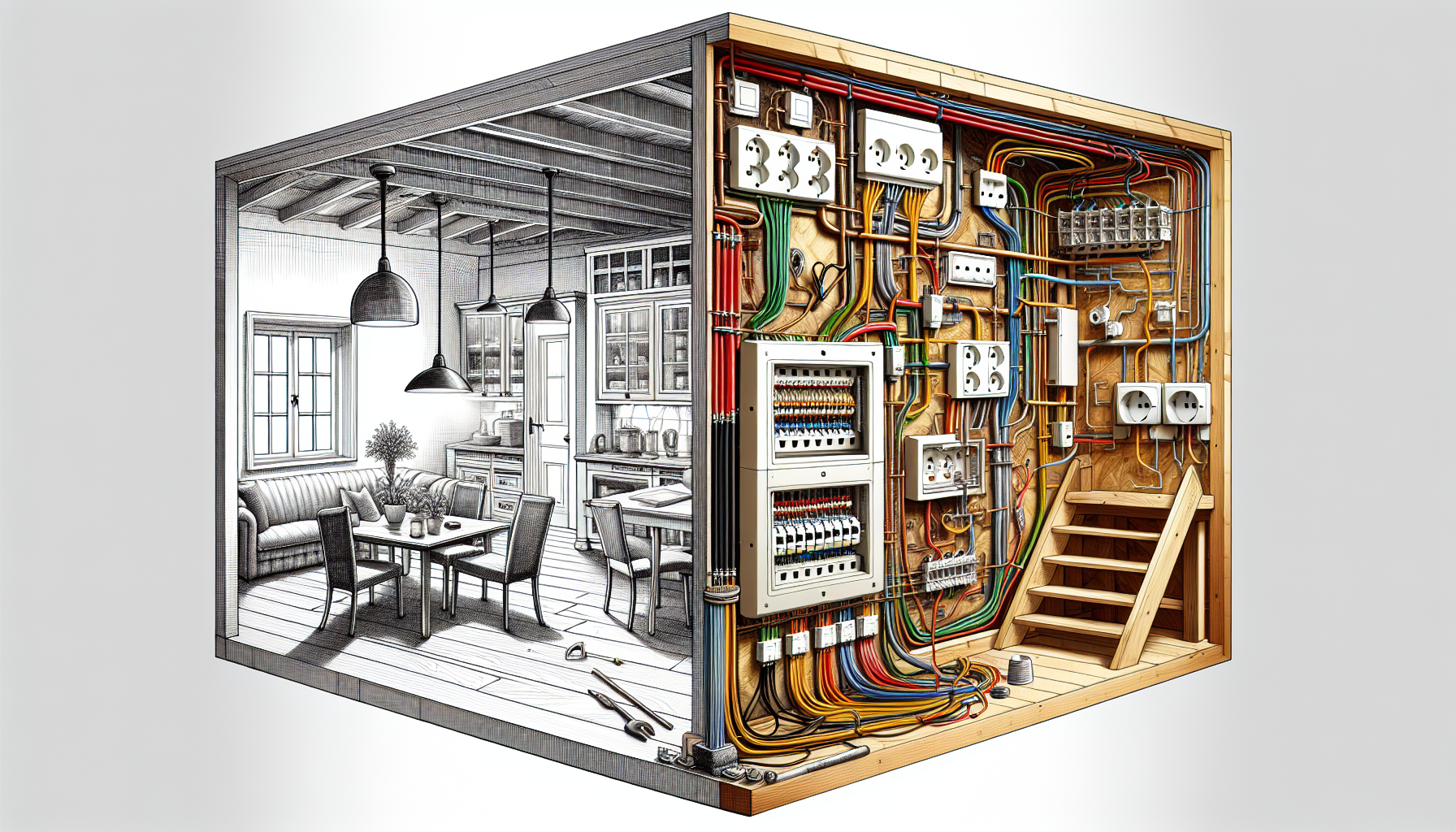
Electrical grounding in a new home is a crucial aspect of the electrical system that ensures the safety and proper functionality of your appliances and electrical fixtures. Grounding helps protect the home and its inhabitants from electrical shocks and fires that could result from a fault or abnormal current in the electrical system. Understanding the concept and ensuring your house is properly grounded can save lives and property.
Why Is Grounding Important?Grounding serves multiple essential functions within your home’s electrical system. It provides a safe path for excess electricity to travel to the earth in the case of a short circuit. When a fault occurs, the grounding system reduces the risk of electric shock by redirecting the abnormal current away from the user and toward the ground. Grounding also stabilizes voltage levels within the system, which helps ensure that circuits do not get overloaded and equipment operates safely and effectively.
Types of Grounding SystemsThere are generally two types of grounding systems used in residential properties: service ground and equipment ground. The service ground is typically connected to the home’s main electrical panel where the neutral wire is bonded to a ground wire that goes into the ground, often terminating at a ‘grounding rod’. Equipment ground, on the other hand, is the grounding that happens within the circuits of the home. This uses grounding wires that are run alongside the hot and neutral wires in each circuit and are connected to each outlet, switch, and fixture in the house.
Identifying Grounding in Your New HomeIn a new home, it is important to ensure that all electrical installations are properly grounded. You can usually identify a grounded electrical system by checking outlets for a third round hole (ground slot) in addition to the two vertical slots for hot and neutral. Three-pronged plugs fit into these outlets, and they need to be properly connected to the grounding system of the house. The electrical circuit breaker panel should also have a ground wire that is either a bare wire or a wire with green insulation.
Ground Rod and System InstallationThe installation of a grounding system needs to be carried out by a qualified electrician to ensure adherence to local regulations and building codes. A ground rod, usually made of copper or galvanized steel, is hammered into the ground close to the electrical panel and connected with a ground wire. This wire allows current from any electrical system faults to safely dissipate into the earth, considerably reducing potential risks.
Grounding for Lightning and Surge ProtectionApart from daily electrical operation, grounding is critical in protecting your home from external electrical surges due to lightning or power grid issues. A well-grounded home can endure such extreme conditions better by directing the excessive electricity straight to the ground, thereby protecting your electrical appliances and systems.
Maintaining Your Home’s Grounding SystemRegular maintenance and inspection of your home’s grounding system are essential for continued safety. This includes checking for loose or corroded connections and ensuring that all ground paths are intact and effective. Testing the grounding system periodically with the help of a professional ensures that any deterioration over time is addressed and that the system remains reliable.
In conclusion, a properly grounded electrical system is non-negotiable in modern homes. Not only does it protect you and your family from electrical hazards, it also ensures your electronic devices and appliances work efficiently. Understanding and maintaining this crucial component of your home’s infrastructure is a wise investment in safety and peace of mind. Always work with certified professionals when dealing with the electrical grounding in your new home to guarantee proper installation and compliance with safety standards.







